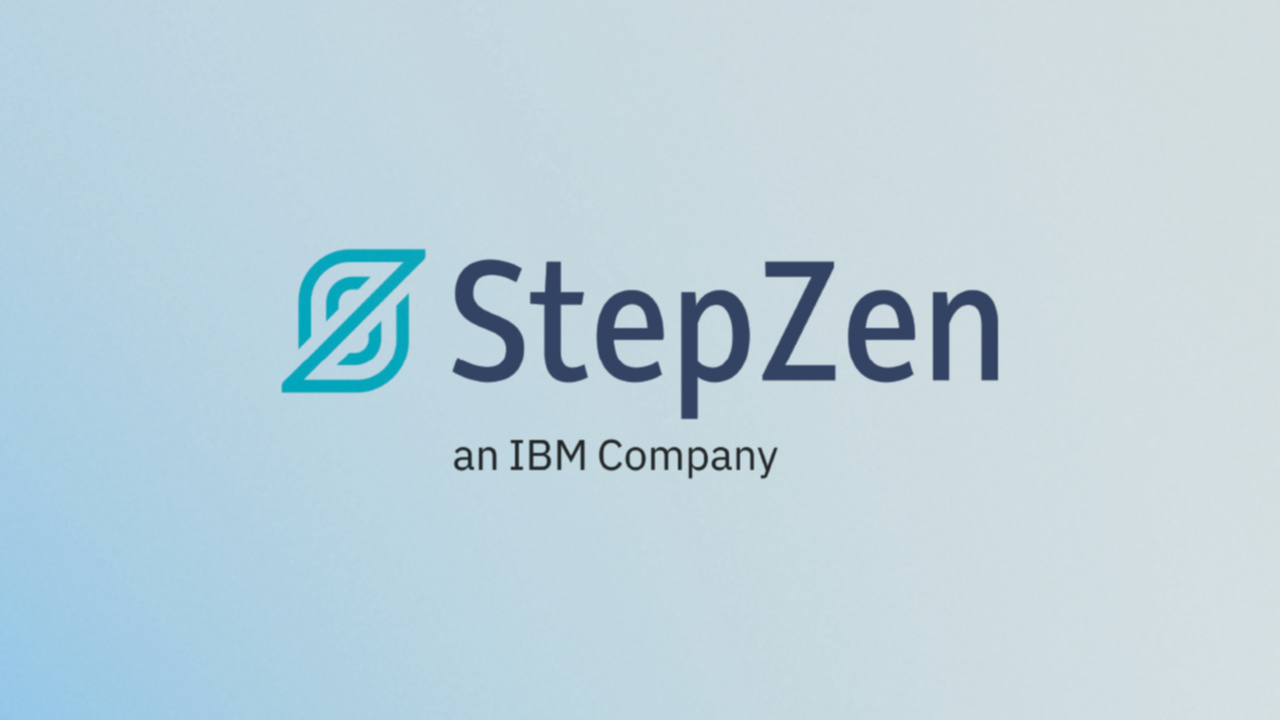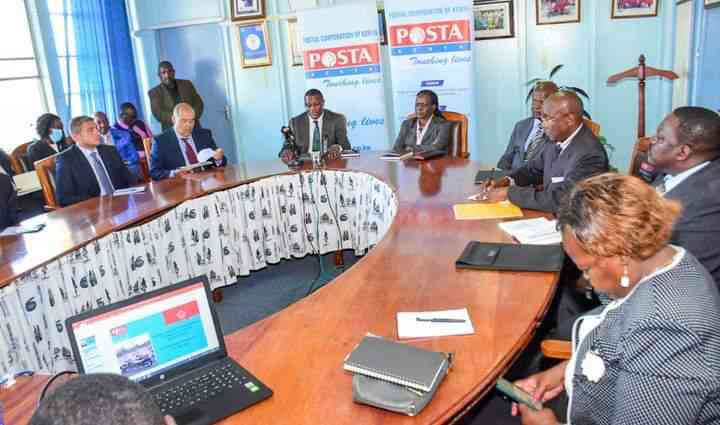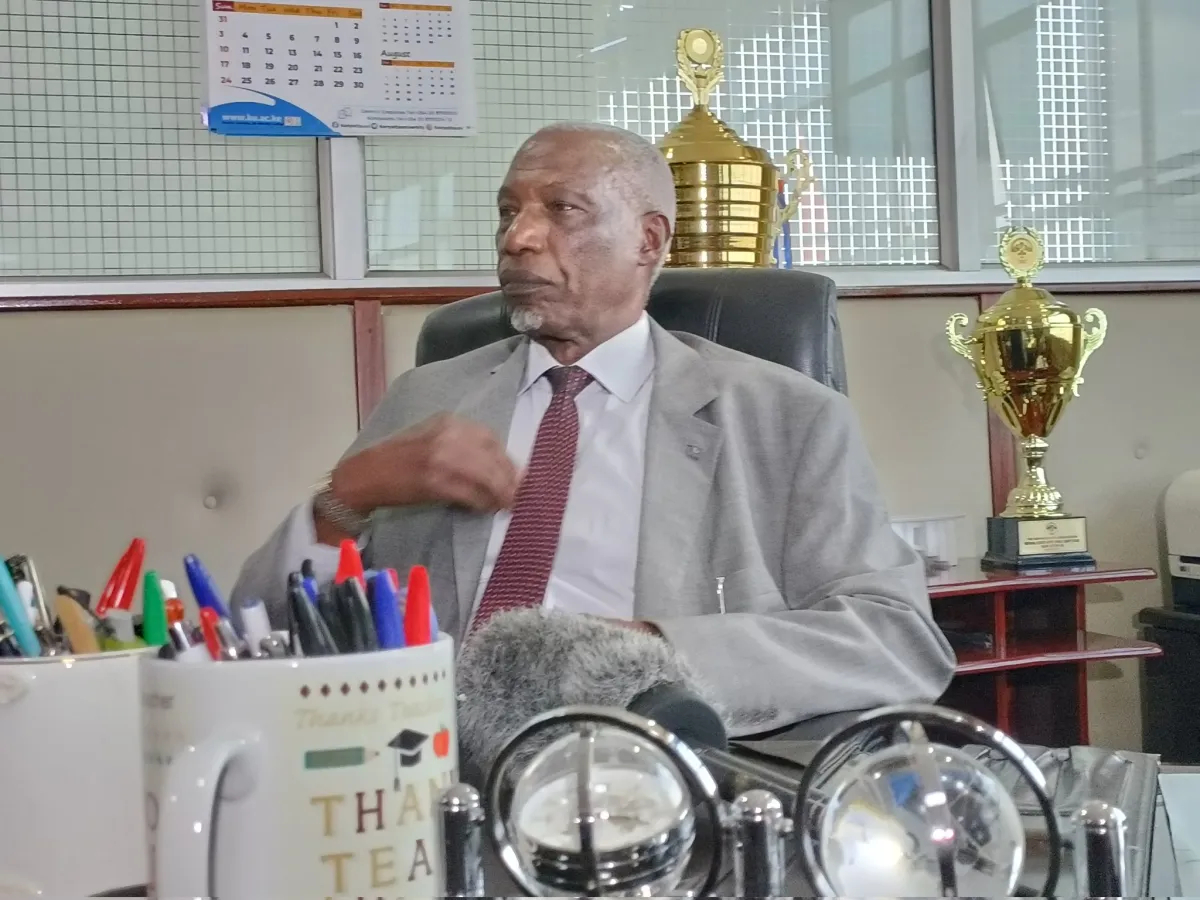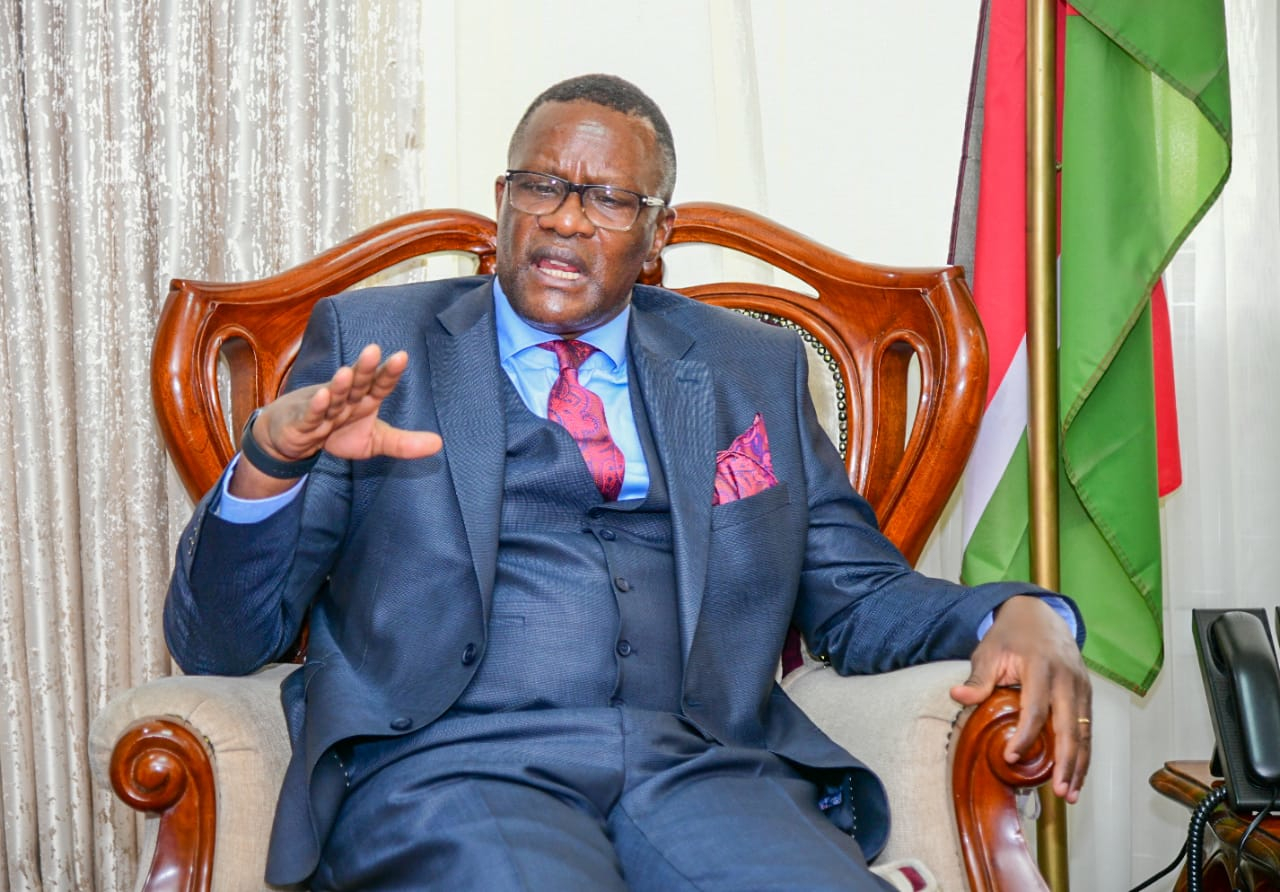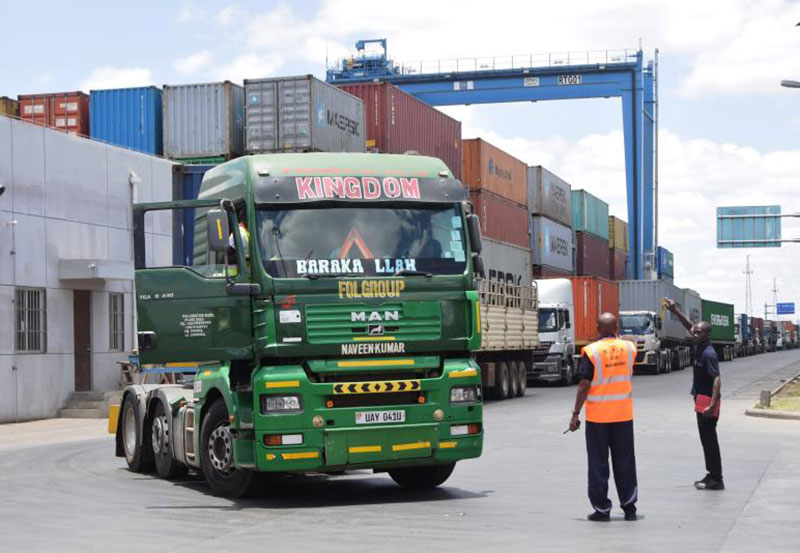
Port efficiency key to Kenya’s competitiveness
By Rajan Shah
- The Ports of Mombasa and Lamu serve both Kenya and a large expanse of Eastern Africa.
- Kenya’s global competitiveness in relation to international maritime trade remains low. The main concern for manufacturers is the lack of coordination among the many government agencies involved in cargo inspection, verification, and clearance processes at the ports/points of entry.

The Port of Mombasa was host to the launch of Port Reforms Working Group Consultative Forum, where President William Ruto said that the government aims to transform Kenyan ports to be globally competitive. He added that “The productivity of the Port of Mombasa is directly linked to the state of our economy. Improving efficiency will help us create jobs, boost export volumes and stimulate economic growth”. We laud the government for taking this bold step.
Maritime transport is the backbone of international trade and the global economy. Over 80% of the volume of international trade in goods is carried by sea, and the percentage is even higher for most developing countries. Kenyan Ports of Mombasa and Lamu not only serve the country but also an extensive hinterland consisting of Burundi, eastern Democratic Republic of Congo, Rwanda, western Somalia, South Sudan, Uganda, northern Tanzania, and southern Ethiopia. Hence, the smooth flow of cargo through our ports is essential in making Kenya the destination of choice for goods coming into the country and those in transit to the hinterland.
This is in line with Kenya Association of Manufacturers’ (KAM) focus pillars on enhancing global competitiveness and fostering export-led growth to increase manufacturing sector contribution to Gross Domestic Product (GDP) from the current 7.8% to 20% by 2030.
Unfortunately, Kenya’s global competitiveness in relation to international maritime trade remains low. The main concern for manufacturers is the lack of coordination among the many government agencies involved in cargo inspection, verification, and clearance processes at the ports/points of entry. Additionally, there is duplication of roles as the agencies perform their mandate independently of each other, which results in delays in processing entries as well as congestion at the points of entry. These have cost implications on imported goods, including high demurrage costs, which are passed on to importers/cargo owners as they are the main port customers.
Further, over the years, importers have cited increased challenges during the importation process including congestion at the Inland Container Depot – Nairobi (ICDN); re-inspection of cargo that has already been subjected to pre-arrival clearance in accordance with the Pre-Verification of Conformity (PVoC) Program; lack of harmonization and configuration of the HS Codes used under the Integrated Customs Management Systems (iCMS) and Kenya Electronic Single Window System (KESWS); frequent clearing agencies systems downtime; and the invalidation of import classifications at various ports/points of entry by customs officials leading to delays in customs clearance and increased costs of importation.
Once they are implemented, the reforms will be a significant step to remedy the numerous challenges at the Port of Mombasa. Seamless port operations through a “Common-user Middleware Technology Platform” for all government port service providers will transform the Port of Mombasa and Lamu Port into a globally competitive gateway for Kenya and the wider EAC region.
For Kenya’s ports to be world class trade facilitators, it is paramount that we measure our performance against key indicators used to determine the best performing ports in the world. These indicators include the efficiency of clearance processes (that is, speed, simplicity and predictability of formalities) by border control agencies, including customs; the quality of trade and transport related infrastructure (such as ports, railroads, roads, and information technology); the ease of arranging competitively priced shipments; the competence and quality of logistics services (for example, transport operators, customs brokers); the ability to track and trace consignments; and the timeliness of shipments in reaching their destination within the scheduled or expected delivery time.
KAM developed the Standard Operating Procedures (SOPs) for the Inspection, Verification and Clearance of Imports at the Ports/Points of Entry in Kenya in 2020. Through the publication, we seek to ensure that the procedures and processes for verification, inspection, and clearance of cargo at the ports/points of entry are harmonized, to increase the efficiency and accountability of the importation processes, and ultimately, ensure port users remain competitive. We have singled out four key areas that would support our country in realizing this. The first is effecting 24-hour operations by all agencies and service providers operating at the Port. Secondly, strict adherence to the PVoC program including pre-arrival clearance, timely inspection of goods by PVoC Agents as well as the implementation of enriched Certificates of Conformity (CoCs). Thirdly, enhanced collaboration and information sharing among government agencies and training port stakeholders on the import process to reduce delays. Fourth is the review of relevant laws to eliminate the duplication of roles amongst the various agencies.
Enhancing efficiency and seamless movement of cargo at the ports of entry will undoubtedly reduce the cost of doing business in the country, stimulate growth and productivity, and increase our competitiveness in the region. We once again appreciate and fully support the government efforts towards this. This is the only way we can make the ports the preferred entryway for investors in the region and across the globe, and in turn, enrich our global competitiveness as a country.
The writer is the Chairperson of Kenya Association of Manufacturers and can be reached at info@kam.co.ke.



